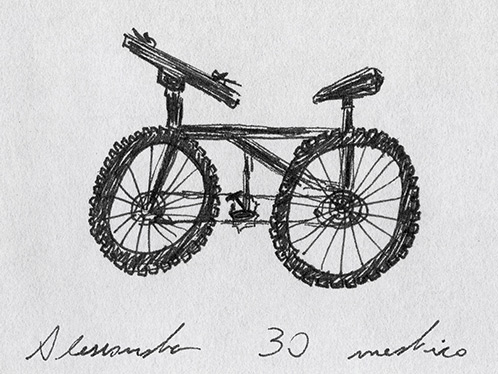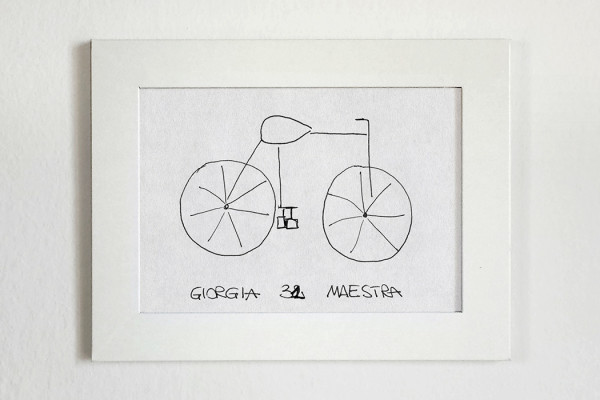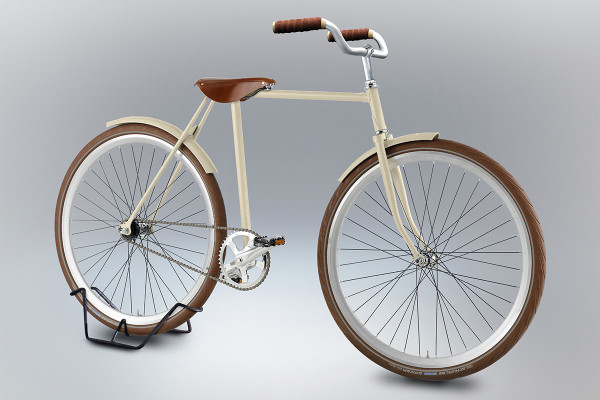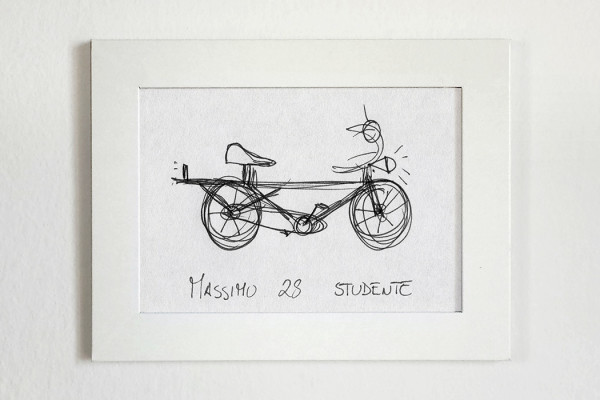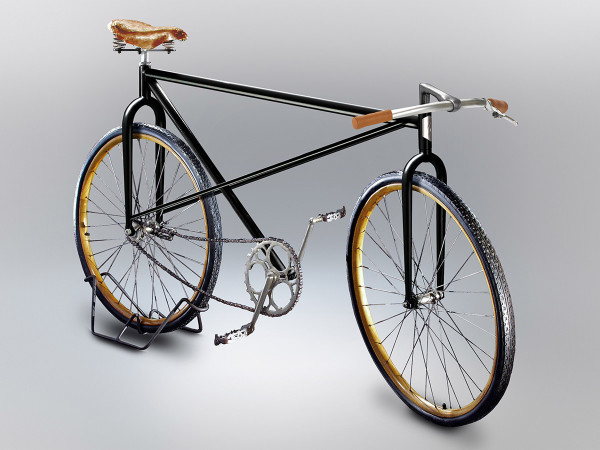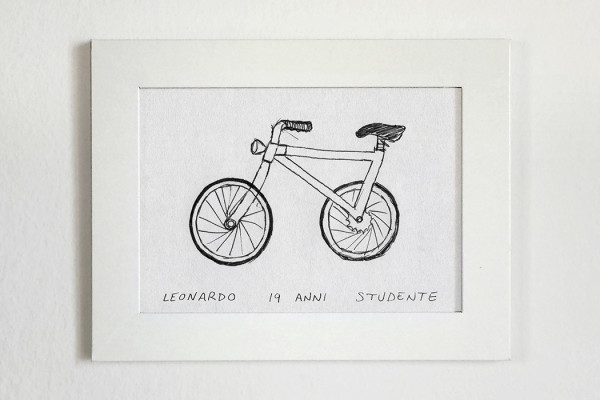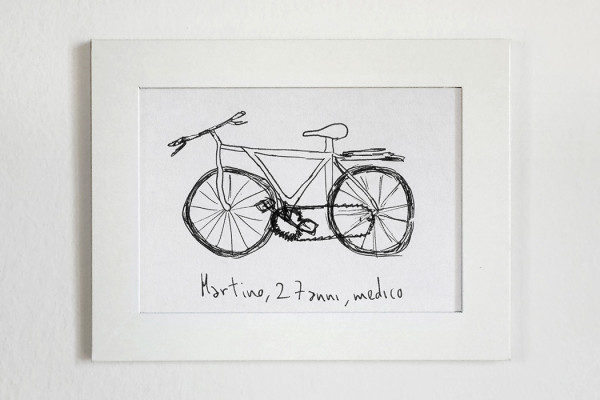Sure we at Bikerumor stare at bikes everyday, and there are probably several fairly complicated suspension designs that many of us and our readers could describe down to a level of detail that would bore even the most avid mountain biker. But not everyone spends so much time focusing on the minute details of bikes. Yet still, the bicycle is such a universally known object throughout so many cultures, that if you asked anyone what a bike looks like they would be sure to say that they could describe one. But give them a pen and paper and few could draw an accurate representation of one. Graphic artist Gianluca Gimini did just that. And then based on those drawings, he mocked up what people remember about how a bicycle looks, and maybe about how they remember that it works. It seems very few even got close…
Everyone knows how to draw a bicycle, but very few can draw one that would be functional, let alone accurate. With crazy elements like chains linking the front and back wheels to strangely located saddles to bikes that just ignore anything to pedal with.
Even the most accurate representations that people drew were missing elements like the downtube and chainstays that keep this bike together. That might hint less about people not understanding how a bike is built, but more about which parts of a bike make a emotional or memorable connection to the rider. Although to be fair, this is one of only a few bikes we saw in the entire series that could ever be functional and comfortable to ride.
If you think that these all look photoshopped, that’s because that is exactly what they are. Gimini is a Graphic and Product designer based in Bologna, Italy, and he has painstakingly rendered these composite images based on actual existing photography of real bikes and components.
Gimini started this series in 2009, and over the years has asked people from all walks of life to sketch a bike for him. He says that a few people, from age 3 up to 88, made accurate drawings, but the vast majority struggled to make sense of the true shape of a typical bicycle.
In the end he collected 376 simple drawings, and as a set themselves, they have a certain simple beauty. But he didn’t stop there, just this spring he decided to get involved more himself. He has picked out those sketches that he found most interesting and unique, and has made them real through the power of digital compositing.
More examples of Gimini’s Velocipedia project can be found on his Behance.net webpage, including more than 50 of the original ink sketches, as well as several more digitally rendered monstrosities.
